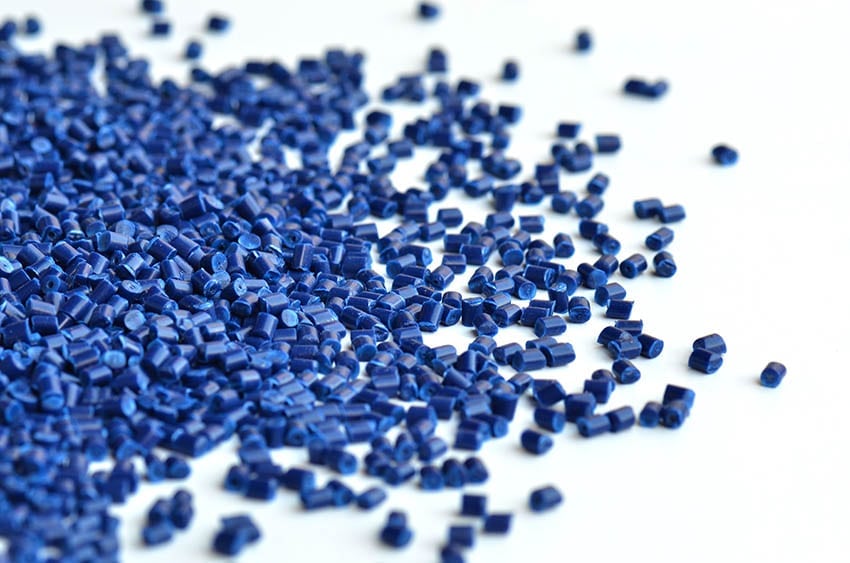
The U.S. Plastics Pact reported that by the end of 2022, pact signatories had increased PCR use from 7% to 9.4%. | XXL Photo/Shutterstock
The U.S. Plastics Pact recently unveiled the goals its signatories will strive for during the next five years. Most of the goals build on the efforts over the past five years, and the group’s target date to hit 30% average recycled content has been extended from 2025 to 2030.
The Plastics Pact is one of about a dozen interconnected pacts around the world, which were formed to help plastics stakeholders meet pledges they’ve made under the Ellen MacArthur Foundation’s New Plastics Economy initiative. In 2020, the U.S. pact released a list of four key goals its numerous stakeholders would work toward by 2025.
Those goals were to use an average 30% post-consumer recycled resin or “responsibly sourced biobased” content; to define a list of “problematic” or “unnecessary” packaging and take measures to eliminate those items from production; to make 100% of plastic packaging reusable, recyclable or compostable; and to take “ambitious actions” to recycle or compost 50% of all plastic packaging.
This week, the Plastics Pact reported that by the end of 2022, pact signatories had increased PCR use from 7% in the baseline year to 9.4%; identified a list of “problematic” and “unnecessary” materials and reduced their prevalence in packaging from 14% to 8%; and increased the amount of reusable, recyclable or compostable packaging from 37% to 47.7%. Progress toward achieving a 50% recycling or composting rate was not measurable because the U.S. EPA hasn’t published its Facts and Figures report since 2018, the pact noted.
Now, the pact has laid out its goals for 2030, calling the plan Roadmap 2.0. The new group of goals “begins where Roadmap to 2025 ends,” the Pact wrote, “carrying forward targets, outcomes and deliverables not yet fully achieved, pushing further those that have been successful, and implementing new, necessary objectives born from what was learned during the U.S. Pact’s original strategic plan.”
The updated goals include the same PCR target, hitting 30% PCR use by 2030. The new roadmap includes different goals by material, with beverage bottles hitting 25% PCR by 2026 and 60% by 2030, household cleaning products achieving 25% by 2028 and 50% by 2030, thermoforms hitting 20% by 2028 and 40% by 2030, and “commercial secondary film” – such as pallet wrap – hitting 15% by 2028 and 30% by 2030.
Other updated or extended targets include eliminating additional “problematic” and “unnecessary” materials that were classified as such after the initial plan was made; continuing to push to make 100% of packaging reusable, compostable or recyclable; and continuing to push for a 50% recycling rate for plastic packaging.
One entirely new target in the 2030 roadmap focuses on reusable packaging systems. The pact aims to “identify viable reusable packaging systems and increase their implementation and scale by 2030, as part of reducing the use of virgin plastics.”
A version of this story appeared in Plastics Recycling Update on June 12.

